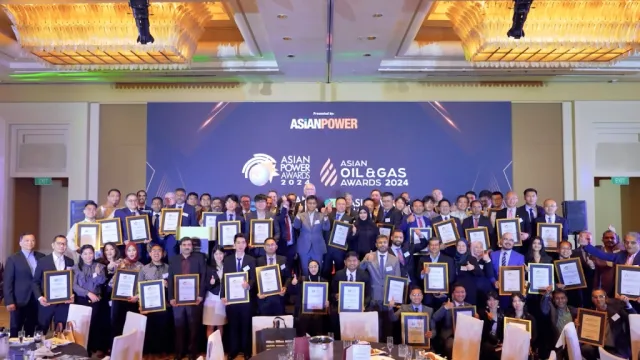Consumer vs utility: Who is better off to store energy?
By Rasika Gokhale AthawaleElectricity industry has witnessed certain trends during the last decade which can potentially bring significant changes in the industry structure and the relationship between consumers and their utilities. One of these trends is the rising share of intermittent sources of energy, such as wind and photovoltaics, in the overall energy generation portfolio. Another is the ever rising level of consumer dependency on electricity which makes it a basic core necessity and absence of which can cause severe economic and health damages. This was evident during the recent super storm Sandy which effected large densely populated areas on the northeast shores of the United States.
Together these trends warrant for development of certain technologies such as energy storage. Storage solutions will ensure that the intermittent sources can be utilized to their maximum capacity and at the same time enable consumers to get immediate help during periods of power outage.
Tradeoff between consumer-level storage and utility-scale storage
‘Energy Storage’ is not new. Batteries which are used for lighting have been in existence for long and have helped consumers during power failures. Utilities too have been experimenting with energy storage projects as a way to enhance power quality. One of the successfully operated utility-scale energy storage projects has been running since 1994 in Puerto Rico which particularly proved its worth after Hurricane Georges in 1998. This facility provides frequency control and voltage regulation in addition to acting as the spinning reserve for the island’s power network. The State Grid Corporation of China’s $500 mn storage project is now the largest utility scale energy storage project in the world and can power 12,000 homes for an hour. It is estimated that by adding this facility the regions renewable energy efficiency has been increased by a further 10%. Utilities are constantly trying to put more and more research efforts in getting answers for energy storage in ways which are more economical and further scalable.
With increasing advancements in energy storage research the question that arises is that within the utility and the consumer, who is in a better position to store energy. From an economics point of view it can be argued that since a utility can experiment with bigger scale energy storage projects as compared to a single consumer – hence economics of scale can be better achieved if the utility stores energy. Further since the utility has better access to technical know-how, it puts it in a better position to operate and maintain energy storage facilities as compared to individual consumers. An individual consumer’s costs for running and maintaining the storage system might run high.
On the other hand an argument for consumer level energy storage is that in case of a wide-spread network outage, it would be beneficial if consumers are closer to the storage facility. This is because under such circumstances it may so happen that there are problems with the network and therefore a centralized energy storage facility would not be able to power consumers residing in far flung areas. Another argument against a utility level centralized storage facility is that it may result in an added cost burden to all consumers even it may so happen that some of the consumers will never directly benefit from the facility. However indirect benefits do accrue because the consumers are benefitted from a lower emissions contribution and improved power quality – achieved as a result of the flexibility to integrate higher shares of intermittent sources of energy.
Alternate business models
It appears therefore that a midway solution can offer combined benefits while at the same time mitigating some of the risks involved in either a pure utility-scale facility or a purely consumer-side storage. One of the models that can be tried is a utility-managed but consumer-owned energy storage at a slightly bigger scale; such as energy storage facility for a housing complex which houses more than 20 households but less than say 100 households. This model basically takes out the technology risk onus from the consumer and operates on a basis where the utility provides storage-as-a-service model.
In this model some of the negotiations and contracting muscle of the utility can be utilized for setting up and maintaining the facility and geographically the facility remains closer enough to the consumer’s premises so that in case of an emergency the bunch of consumers can be islanded and supported. Consumers in such an arrangement can further decide on their own installations of intermittent energy and costs for integration can be allocated only on to those consumers who would really be making use of them.
This arrangement can provide additional revenues to the utilities and also provide new means of balancing demand and supply loads for a consumer cluster. With grids becoming more ‘smart’ managing the demand and supply priorities for a consumer cluster will become easier for the utility. In the future therefore we might have fully self-sufficient smaller networks which will integrate all the sources of energy for a consumer group, which shall be inclusive of some amounts of intermittent sources and storage along with a certain portion met through centralized large power plants.




















 Advertise
Advertise








